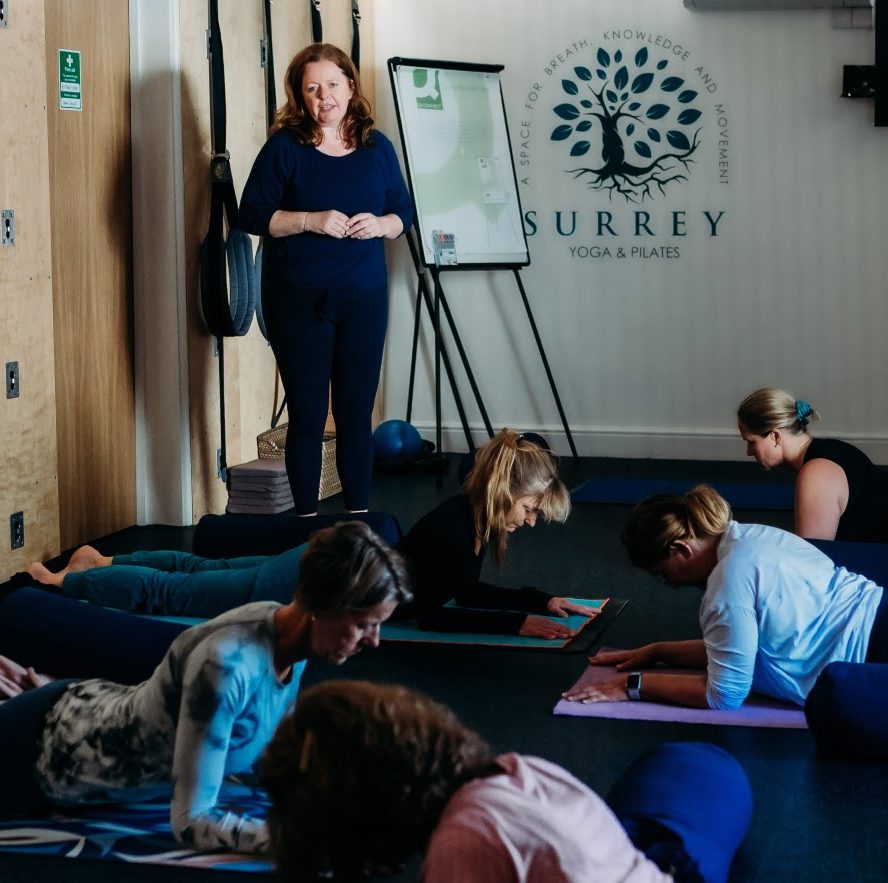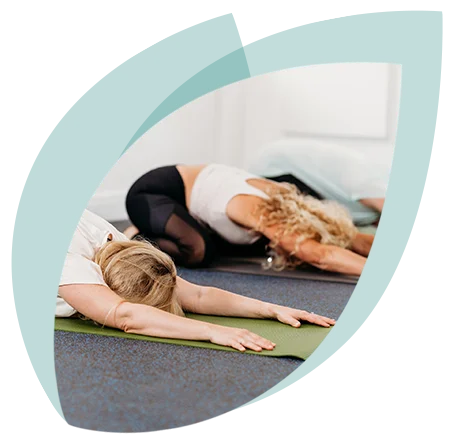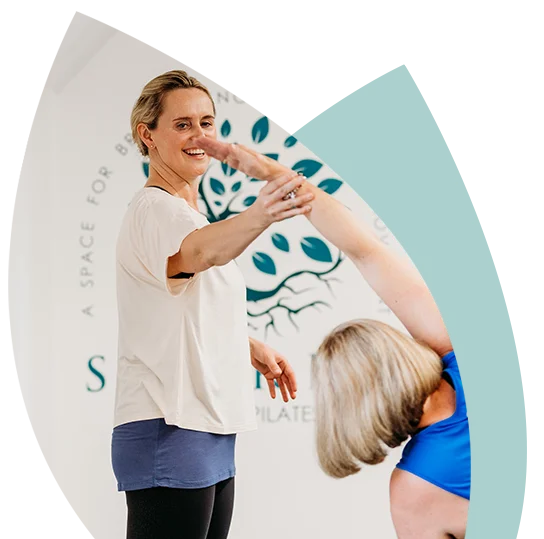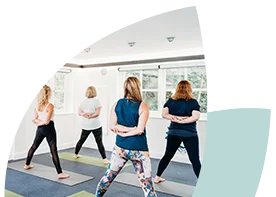
The Art of Body Reading: Unlocking the Secrets Hidden in Posture and Movement
Our bodies are more than just vessels that carry us through life; they are repositories of information, telling stories about our experiences, emotions, and well-being. Body reading, also known as somatic awareness or body language analysis, is the art of decoding these silent messages conveyed by the human body. It’s a fascinating skill that can help us better understand both ourselves and those we teach. In this blog, we will delve into the world of body reading, exploring its history, significance, and how you can start honing this skill.
The History of Body Reading
Body reading is not a new concept. It has been practised for centuries in various forms across different cultures. Ancient Chinese medicine, for instance, believes that the body’s structure and movements can reveal information about one’s overall health and well-being. Similarly, the Indian system of Ayurveda considers body type, or dosha, as a reflection of an individual’s physical and mental attributes. These historical practices demonstrate the enduring belief that the body holds secrets waiting to be uncovered through observation.
Listening to the Body
Our bodies provides invaluable insights into your physical and emotional state. Listening to your body is the first step in body reading. When you step onto your yoga mat, take a moment to close your eyes, breathe deeply, and tune in to your body. Pay attention to any sensations, tensions, or discomfort. These are your body’s way of communicating with you. They may indicate areas of physical tightness, emotional stress, or even past trauma. As you move through your yoga practice, continue to listen to your body. Be mindful of any pain or discomfort, and distinguish between the sensation of stretching and pain that might signal an injury. The more you practice this mindfulness, the better you become at interpreting the messages your body is sending.
Alignment and Asana Practice
Body reading plays a vital role in yoga postures or asanas – each body is unique, and what feels right for one person may not work for another. Body Reading enables teachers to pick up subtle cues from the way their student holds themselves and in return the teacher can offer verbal or hands on guidance and assistance. For instance, a teacher trained in Body Reading might look at how a student is practicing a standing forward bend (Uttanasana), and offer adaptations to the pose to reflect what the student’s body needs. If the student has tight hamstrings, the teacher might suggest a slight bend in their knees to reduce overstraining. This is an example of body reading in action, where the teacher can offer modifications that respect the individual’s anatomy and prevent potential injuries.
Emotional Release
Yoga is not just about physical postures; it’s a holistic practice that aims to balance the mind and spirit as well. Body reading can be a gateway to emotional release. Emotions can manifest as physical sensations in the body. When you practice yoga mindfully and listen to your body, you may discover that certain postures or stretches trigger emotions like sadness, anger, or stress. Allowing these emotions to surface and flow through you is a therapeutic aspect of yoga. By acknowledging and releasing these pent-up emotions, you can experience profound healing and personal growth. Body reading helps you identify these emotional blockages, giving you the opportunity to work through them on your mat.
Breath Awareness
The breath is a fundamental aspect of yoga, serving as a bridge between the body and mind. In body reading, breath awareness is a powerful tool for understanding your inner state. Your breath can reveal your emotional and mental condition during your practice. Shallow, rapid breath may indicate stress or tension, while slow, deep breaths suggest a calm and focused mind. By paying attention to your breath, you can adjust your practice accordingly. Deep, mindful breaths can help you relax and go deeper into poses, while working on breath control can assist in achieving mental clarity and presence. The breath is a reflection of your inner self, and by reading it, you can tailor your yoga practice to support your specific needs.
Conclusion
Body reading is a profound aspect of yoga that allows you to deepen your understanding of the physical, emotional, and spiritual self. By ‘listening’ to the body, aligning postures, releasing emotions, and cultivating breath awareness, you can transform both your own yoga practice and that of others into a journey of self-discovery and healing. Embrace the art of body reading and remember, your body is your temple, and the key to unlocking its wisdom lies in the art of body reading.
Interested in learning more? Join Denise Marlow on Saturday 27 January on her workshop Body Reading: How to Work with Injury & Imbalance. Book your place HERE




